标签:

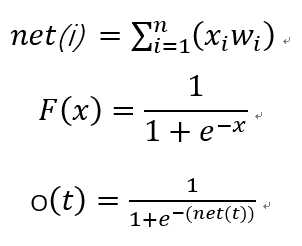
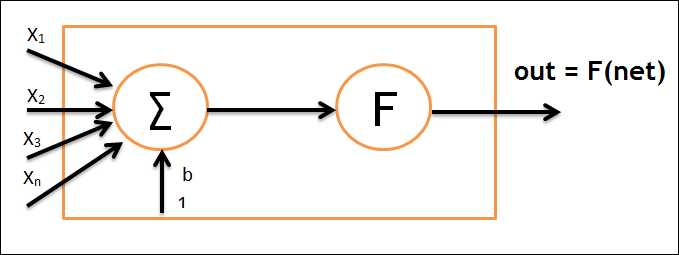
![]()
Perceptron Model
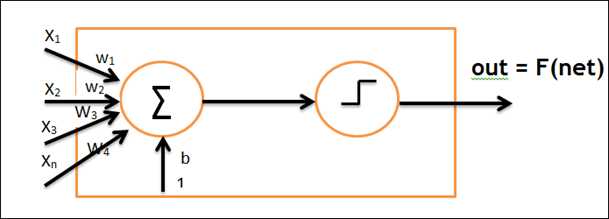
Step:
1. initialise weight value
2. present input vector and obtain net input with ![]()
3. calculate output(with binary switch net > 0 or net <= 0)
4. update weight

5. repeat uitil no change in weights or the maximum number of iterations is reached
6. repeat steps 2-4 for all training samples
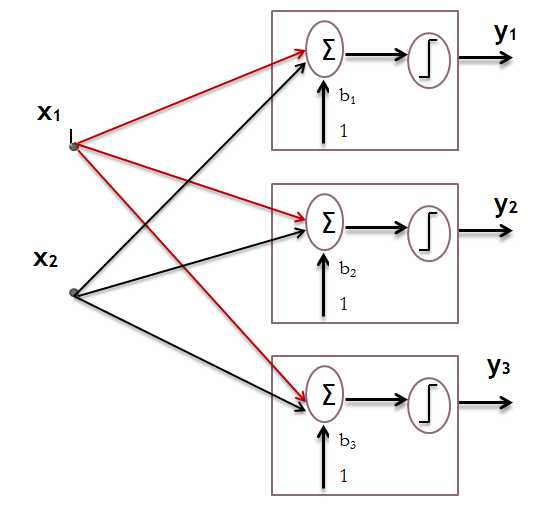
Step:
1. initialise weight value
2. present input vector and obtain net input with ![]()
3. calculate output(with binary switch net > 0 or net <= 0)
4. update weight

5. repeat uitil no change in weights or the maximum number of iterations is reached
6. repeat steps 2-4 for all training samples
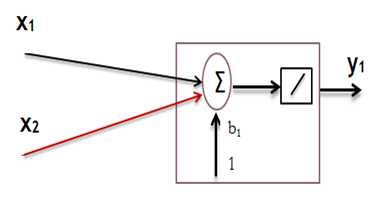
Transfer function is linear
Learns Least-Mean- Square Error (LMSE) or Delta Rule![]()
Weights are updated to minimise MSE between y? and y
Input-output relationship must be linear
Step:
1. initialise weight value
2. present input vector and obtain net input with ![]()
3. Change in weight
4. Update weights:
![]()
5. repeat steps 2-4 until ![]() or the maximum number of iterations is reached
or the maximum number of iterations is reached
Pros:
1. Easy to implement
2. Can generalise which is not the case with Perceptron
Cons:
Like the Perceptrons, it cannot train patterns belonging to non-linearly separable classes
Solution – cascaded ADALINE networks - MADALINE
MADALINE – Multiple ADALINE

Basis for Back Propagation networks
The sigmoid transfer function is a non-linear function and it has a simple derivative
![]()

Alogrithm:
1. initialise weight value
2. present input vector and obtain net input with ![]()
3. Change in weight
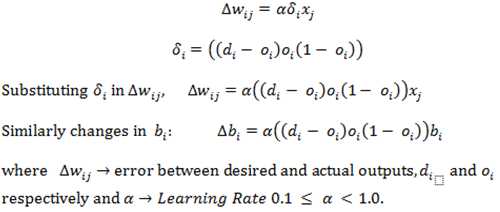
4. Update weights:

5. repeat steps 2-3 until no change in weights or the maximum number of iterations is reached

A MLP with BP is suitable for linearly separable inputs.
Generalising the Windrow-Hoff learning rule to ML networks and non-linear differential activation functions created the BP algorithm
Learning involves the presentation of input-output pairs, finding the mean squared error between desired and actual outputs, and adjusting the weights to reduce the difference
Learning uses a gradient descent search technique to minimise the cost function which is the MSE
Algorithms:
1. initialise weight value
2. present input vector x1(p),x2(p).....xn(p) and desired outputs yd1(p) yd2(p) ..... ydn(p) and calculate actual output:
![]() where n is the number of inputs of neuron j in the hidden layer, and sigmod is the sigmod activation function.
where n is the number of inputs of neuron j in the hidden layer, and sigmod is the sigmod activation function.
3. weight training--- update the weights in the back-propagation network propagating backward the errors associated with output neurons.
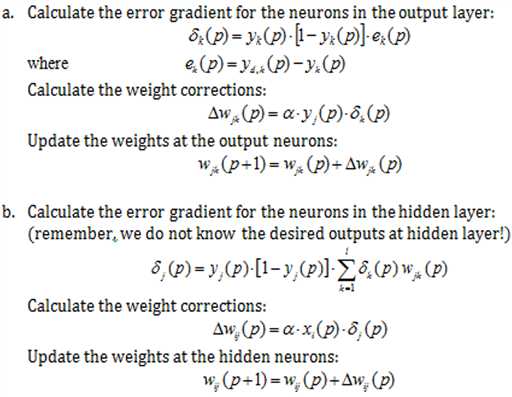
4. iteration - increase iteration p by one, go back to step 2 and repeat the process until the selected error criterion is satisfied.
Machine Learning Review_Models(McCullah Pitts Model, Linear Networks, MLPBP)
标签:
原文地址:http://www.cnblogs.com/eli-ayase/p/5899096.html